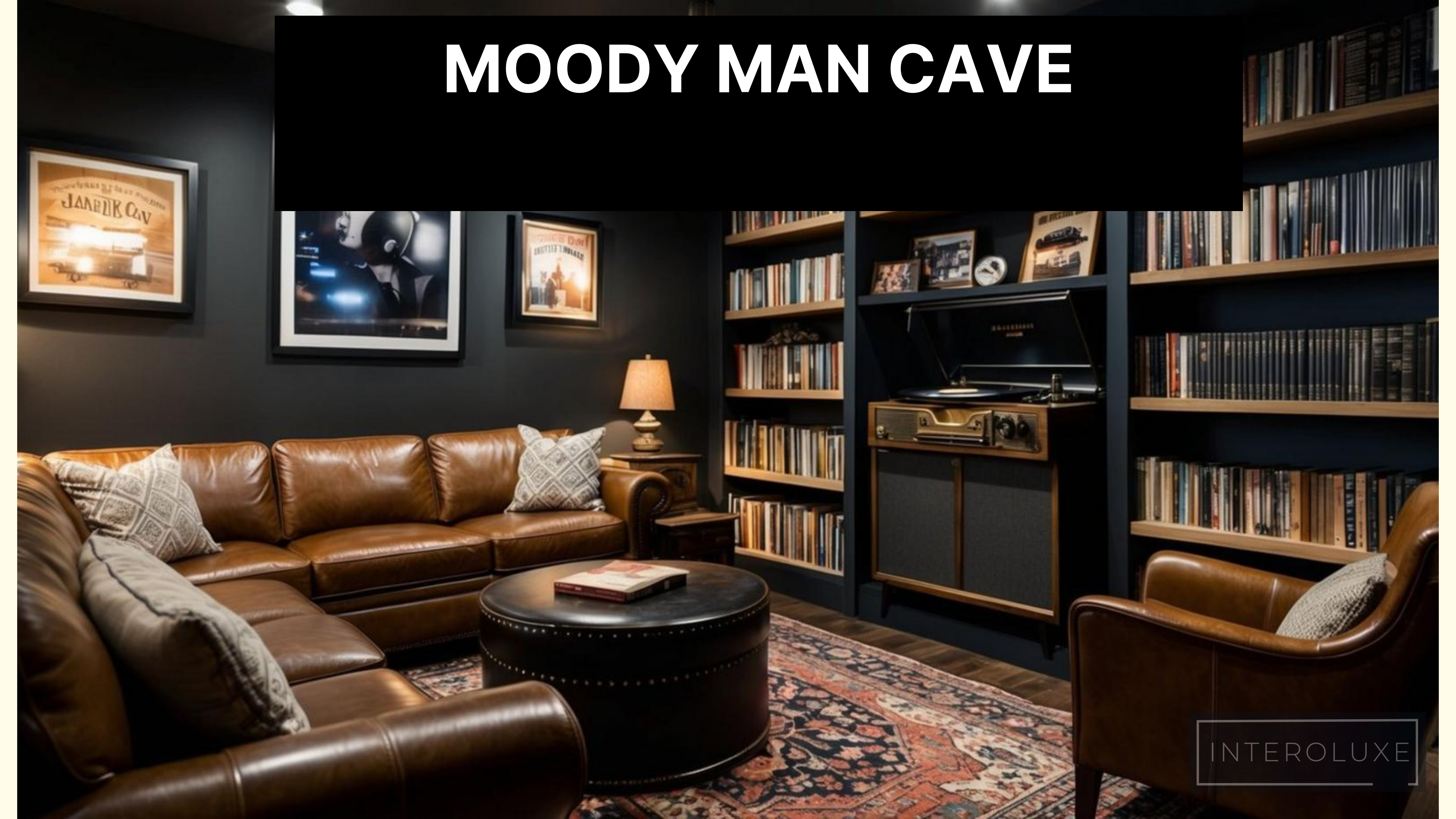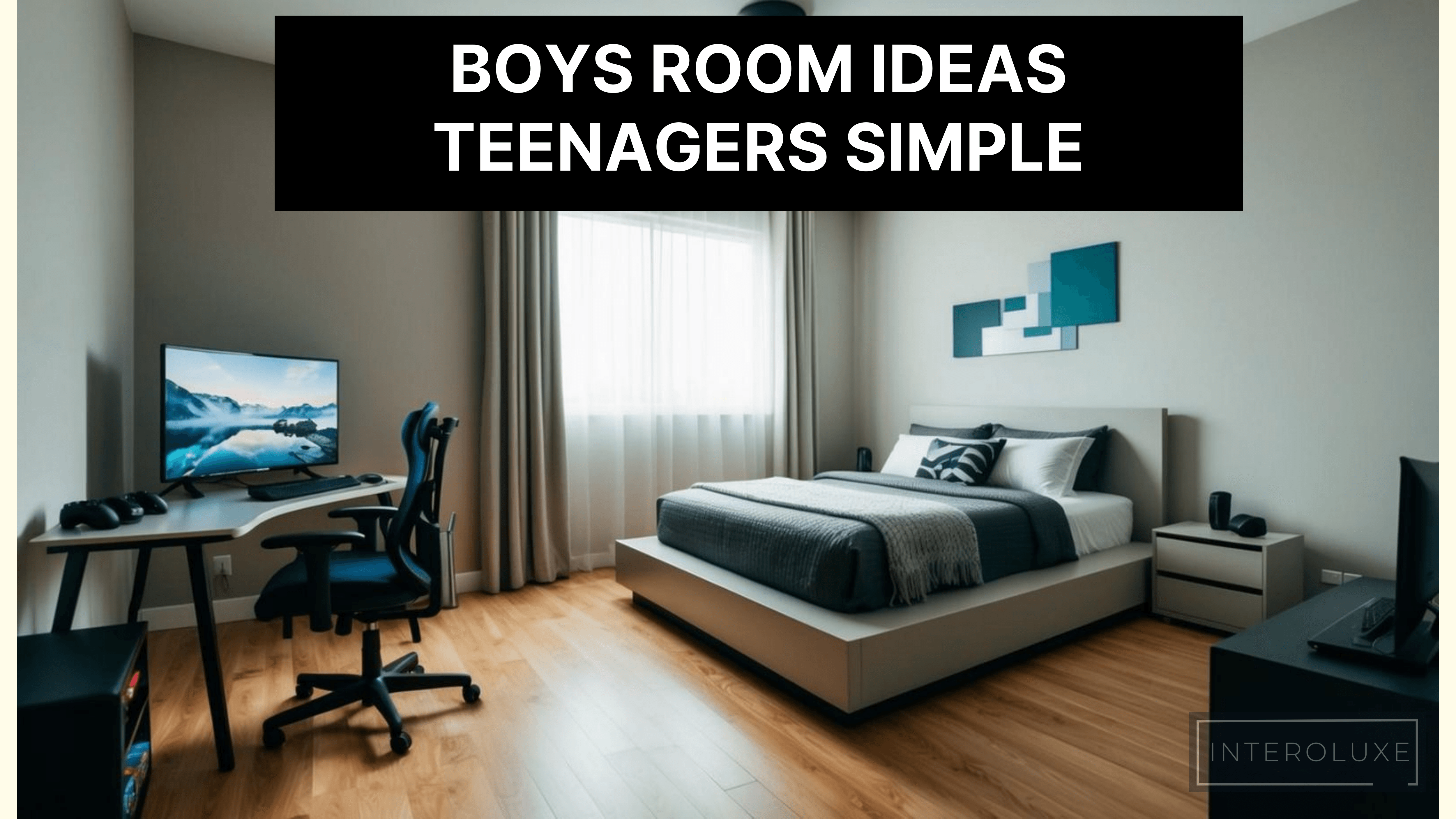7 Fresh Spring Home Decor Inspo (That Wont Break The Bank)

6) Macramé Wall Hanging

Macramé wall hangings bring a touch of bohemian charm to spring home decor. These woven pieces add texture and visual interest to any room. Macramé uses knotting techniques to create intricate patterns with cord or rope.
Wall hangings come in various sizes and designs. Some feature simple geometric shapes, while others display more complex patterns. Many incorporate wooden dowels or driftwood as part of the design.
Natural cotton rope is a popular material for macramé. It offers a soft, organic look that fits well with spring themes. Some artisans use colorful cords to create bolder statements.
Macramé pairs nicely with plants. Hanging a piece above a shelf of potted greenery creates a nature-inspired focal point. It also works well in entryways, bedrooms, or living spaces.
For a spring refresh, choose macramé with light, airy designs. Pieces with leaf or flower motifs suit the season. Pastel-colored accents can add a soft pop of color to neutral walls.
DIY enthusiasts can try making their own macramé. Basic kits and tutorials are available for beginners. This craft offers a fun way to personalize home decor for spring.
7) Wicker Basket Planters

Wicker basket planters bring a touch of natural charm to spring home decor. These versatile containers come in various shapes and sizes, making them suitable for many spaces.
Hanging wicker baskets can add visual interest to bare walls or corners. They work well for displaying trailing plants like ivy or pothos.
Floor-standing wicker planters are perfect for larger indoor plants. They can anchor a room’s design while adding texture and warmth.
Wicker baskets also make great table centerpieces when filled with colorful spring flowers. Small succulents or herbs in wicker containers can brighten up kitchen windowsills.
For outdoor spaces, wicker planters are ideal for patios or balconies. They withstand the elements well and complement other natural materials like wood or stone.
Painting wicker baskets can give them a fresh look. Soft pastels or bold colors can match any spring decor theme.
When selecting plants for wicker baskets, consider the basket’s size and drainage. Adding a plastic liner can help protect the wicker from moisture damage.
Color Trends For Spring

Pastel hues are making a comeback this spring. Soft pinks, baby blues, and mint greens bring a fresh, calming vibe to any room. These gentle shades create a soothing atmosphere perfect for relaxation.
Bold and bright colors are also popular choices. Vibrant yellows, coral oranges, and electric blues add energy and excitement to living spaces. These lively hues can be used as accent colors or as statement pieces.
Earthy tones continue to be on-trend. Warm terracottas, sage greens, and sandy beiges bring a natural element indoors. These colors work well with organic materials like wood and woven textiles.
Designers are embracing color blocking this season. Pairing complementary or contrasting colors creates visual interest and depth. Try combining different shades of the same color family for a cohesive look.
Here are some popular color combinations for spring:
- Lavender and sage green
- Coral and turquoise
- Butter yellow and sky blue
- Blush pink and navy
Metallic accents add a touch of glamour to spring decor. Gold, silver, and rose gold finishes can be incorporated through picture frames, vases, or light fixtures.
Incorporating Natural Elements

Bringing nature indoors can refresh your home for spring. Natural elements add warmth and life to any space.
Using Plants and Greenery
Plants are an easy way to add natural beauty to your home. Place potted flowers or herbs on windowsills to brighten up kitchens and living areas. Hang trailing plants from shelves or in macramé holders for a boho vibe.
For low-maintenance options, try succulents or air plants. These need little care but still bring a touch of green. Group several small plants together for more impact.
Larger plants like fiddle leaf figs or monstera can serve as statement pieces. Put them in corners or next to furniture to fill empty spaces.
Don’t forget about faux plants if you lack a green thumb.








